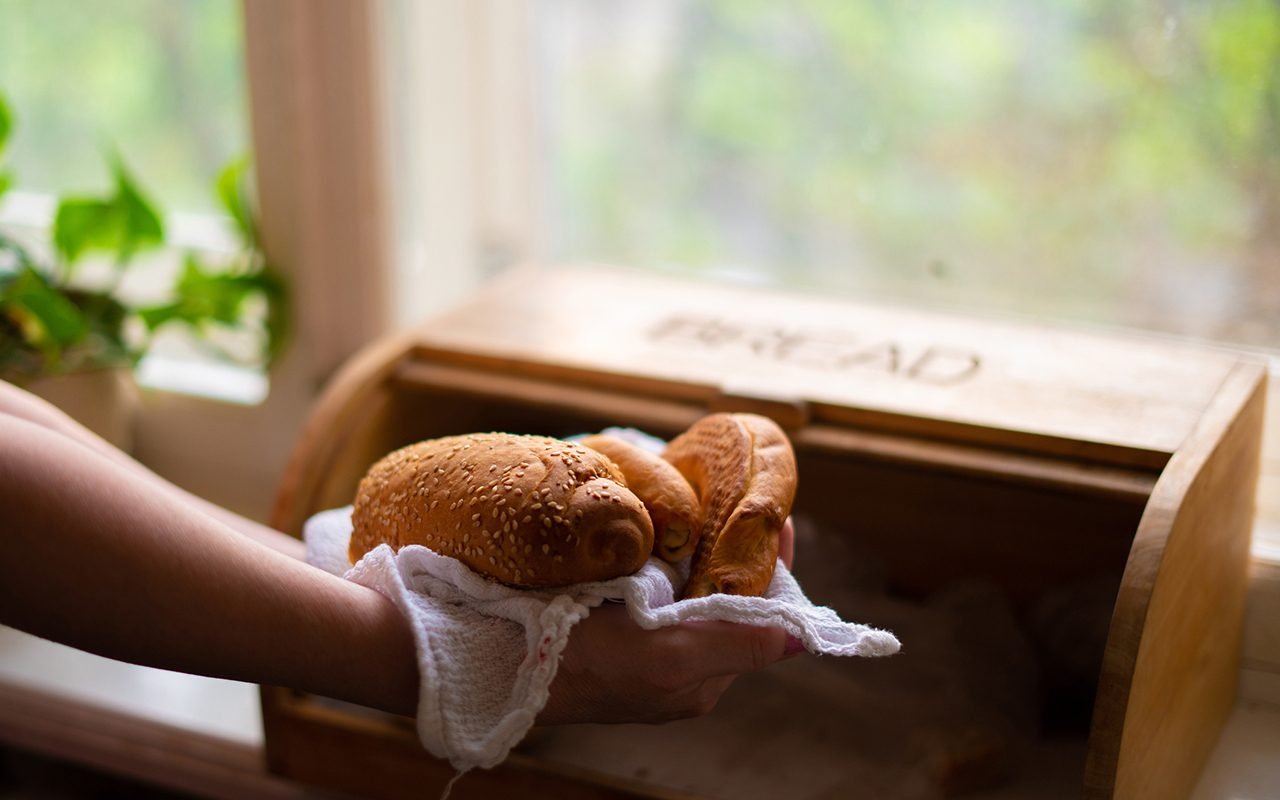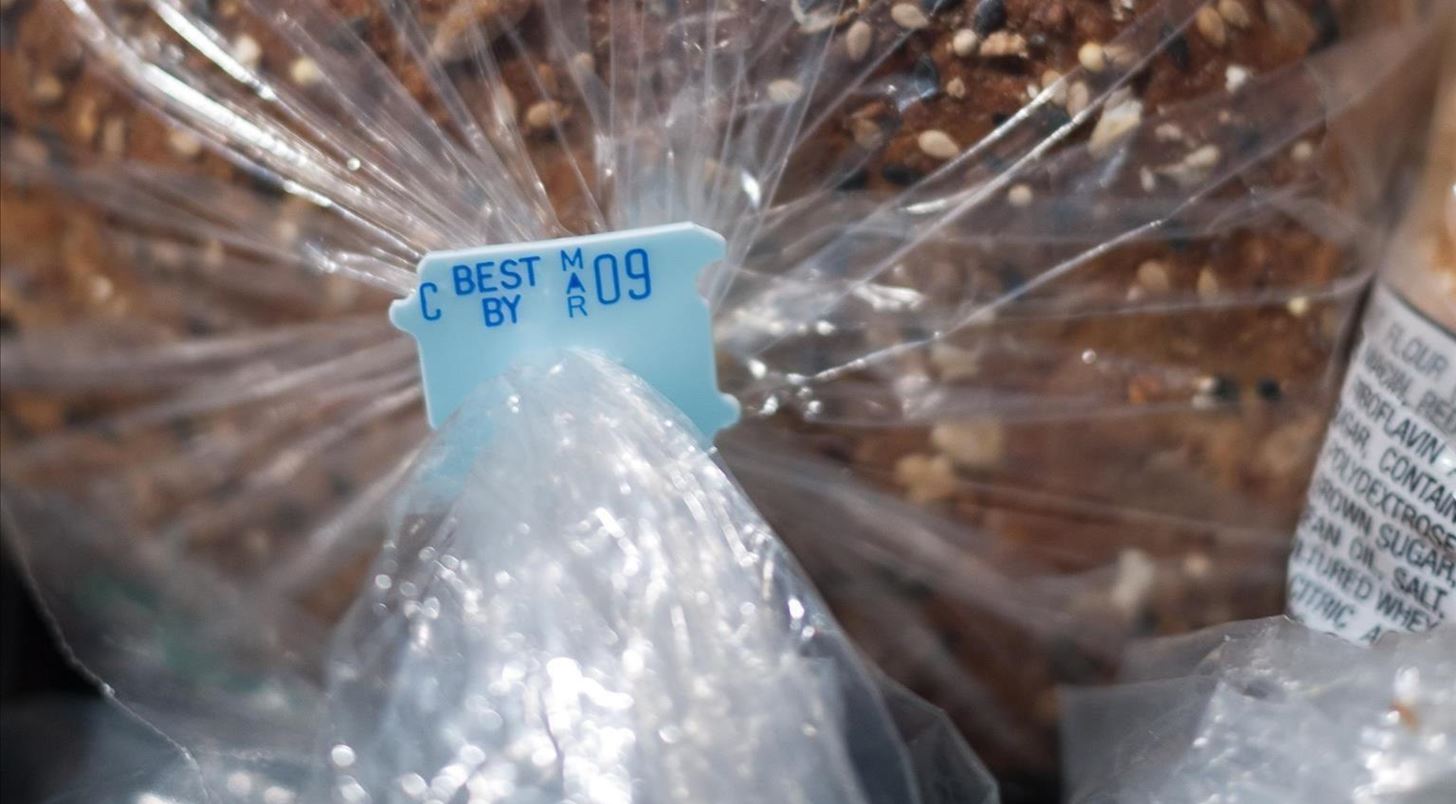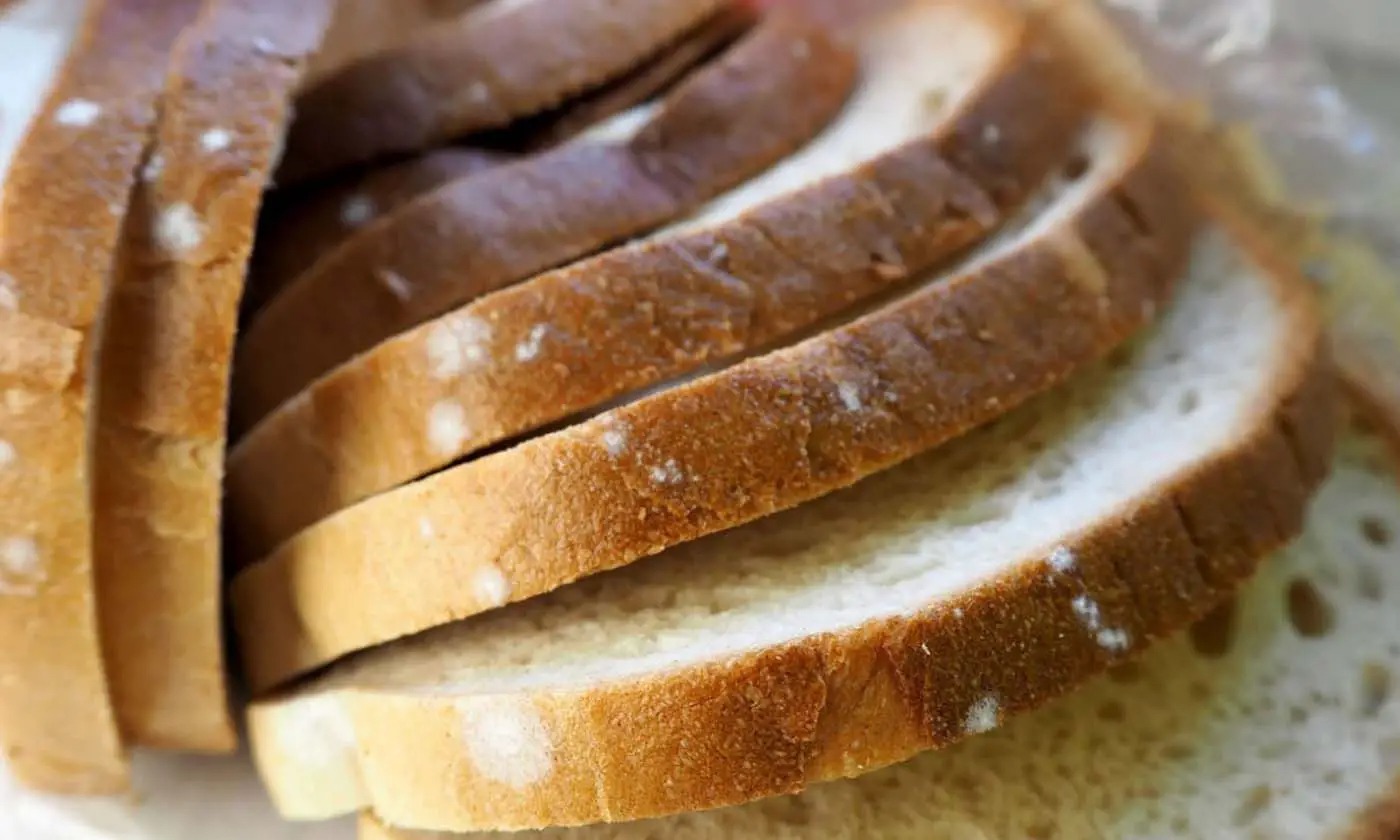Eating Expired Bread: Is It Safe? Let’s Find Out!
Advertisements

One of the universal experiences we all share is going to make yourself a sandwich and then discovering that your bread is already expired. Obviously, it feels bad to toss the remaining loaf in the trash, especially if you didn’t eat much of it. But you don’t really have much of a choice…or do you?
Over the years, many have wondered whether it’s safe to eat expired bread, especially if it’s just a day or two after the expiration date. Some people swear by doing this and others swear nomming on expired bread will land you at the doctor’s office.
That’s why we decided to get to the bottom of things. How dangerous is eating expired bread? What can you do to protect yourself, and how can you make the bread last longer? Keep reading to discover the answers!
How long does it take bread to expire?

One of the most confusing things about bread is exactly how long it takes to expire in the first place. Most people simply keep the bread in their pantry, and according to Healthline, bread stored in such a way is likely to have a shelf life of anywhere between three to seven days after you bring it home.
Generally, the amount of preservatives inside the bread dictates whether it will expire sooner or later, with preservatives helping the bread in question to last longer. You can always try to buy bread with a later expiration date, though many consumers don’t understand how that date relates to when their food will actually expire.
RELATED: The Most Surprising Things That Happen To Your Body When You Eat Oranges Each Day
Confusion about expiration dates

Strictly speaking, “expiration date” is something of a misnomer. When you look at the package your bread comes in, there will be a helpful date provided by the manufacturer. But instead of saying “expiration date,” it is a “best if used by” date.
And the companies making your bread mean that quite literally: they have calculated the last day that they believe the bread will have optimum flavor and texture. As most broke college students soon figure out, it’s usually safe to eat this bread shortly after that date…it just won’t taste as good as it once did. However, you should never eat bread or any other food if there are any signs that it is spoiled.
Recognizing the signs of spoilage

Fortunately, the most common sign that your bread has spoiled is very easy to spot. The most typical sign of spoilage on bread is mold, and it’s easy to spot dark mold against light bread. And as time goes by, any given loaf of bread becomes the perfect breeding ground for mold.
Why is that? Mold requires moisture to grow, and all bread contains moisture (this is why the interior of the bag is sometimes a bit damp). Mold also requires room temperature to really thrive, which is why a loaf of bread in your pantry is just a mold outbreak waiting to happen.
RELATED: 9 Things That Happen To Your Body When You Eat An Apple Every Day
Understanding the dangers of eating spoiled food

Chances are that you know at least one person that cuts the mold off their bread and continues to eat it. However, it’s vitally important that you throw the entire loaf out at the first sign of mold.
As Healthline points out, it’s impossible to know what kind of mold is on your bread, and it’s best to assume the bread may be dangerous to eat. The moldy bread may be full of invisible mycotoxins that are invisible and can cause digestive problems and a wide range of other health issues. And if you happen to be allergic to mold, then even breathing it in can cause painful asthma.
What bread is going to last longer than other bread?

Earlier, we noted how the shelf life of bread typically ranges from three days to one week. The reason for that is that some bread lasts longer than other bread (and vice versa). With that in mind, which bread is likely to last longer once you bring it home?
As Insider points out, the bread that lasts the longest are ones that have a high level of fat content. Therefore, loaves containing either eggs or butter are going to last longer than those made with all-purpose flour. You can also buy bread made with almond flour, though if you really want your loaves to last, you need to invest in better bread storage.
RELATED: The Weirdest Side Effects of Foods You Eat Every Day
Storage solutions can help lengthen the life of your loaf

We noted before that mold needs a certain level of heat in order to thrive. This is why just sticking bread in a room-temperature pantry is a bad idea, and it’s even worse to store bread on top of the fridge where it will stay warm all the time.
Instead, you need to invest in a bread box to help keep your fresh loaves cooler. Alternatively, glass containers may do a similar job. Finally, consider storing loaves in the freezer…when done right, the average loaf can last for up to three months, making this a great alternative to constantly having to throw out unused bread.
